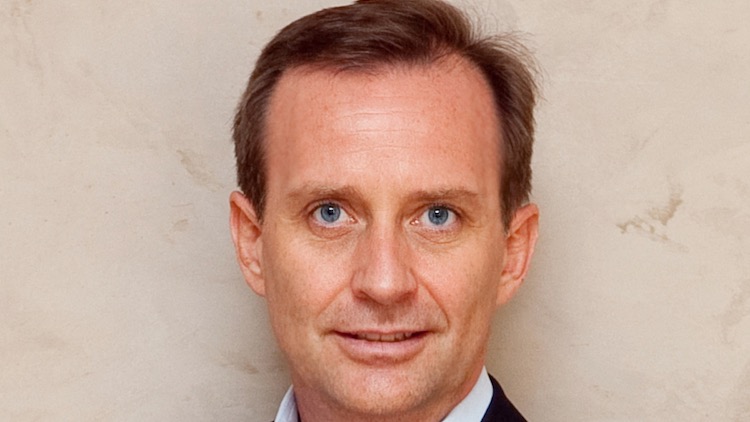Simulmedia to Make TV Software Available to Networks, Ad Buyers

Simulmedia, a pioneer in advanced data-based TV advertising targeting, is making plans to license its software to media companies, media buyers and marketers.
The move comes at a time when big players in the TV industry appear to be shifting from selling ads based on broad demographic profiles to targeting audiences that either use a particular product or fit a consumer profile that makes them an attractive prospect.
Simulmedia has been creating targeted ad campaigns based on data for eight years and says its technology—dubbed VAMOS (Video Advertising Marketing Operating System)—enables audience buying with what it calls the most powerful predictive analytics platform ever built for TV.
Related: Simulmedia Gets Oracle Cloud Data for TV Ad Targeting
Other media companies, including NBCUniversal, Viacom and Turner, have been pushing audience buying and have created predictive analytics software that helps figure out what targeted viewers will be watching when a campaign airs.
CEO Dave Morgan says Simulmedia has invested more than $100 million in VAMOS and using the new, external version of the patented system would create a big advantage for advertisers, buyers and networks interested in creating effective ad campaigns.
“We knew when we started Simulmedia we were going to have to come with a complete solution,” Morgan said. No one was buying or selling ads the way Simulmedia was urging, so it had to gather the inventory from willing TV networks and stations and allocate that inventory to clients using data and software.
Broadcasting & Cable Newsletter
The smarter way to stay on top of broadcasting and cable industry. Sign up below
Morgan said his previous tech businesses eventually got to the point where they got into the software licensing business.
Related: Analyst Says OpenAP Could Help TV Recover Digital Dollars
“We’ve been sort of waiting until it was the right moment because we wanted our activation business to have a certain maturity to it. We also wanted to make sure that the market was really there,” he said.
The creation of the OpenAP consortium by Turner, Viacom and Fox to standardize audience buying was a sign the market was accepting data-driven audience buying.
Morgan says he expects the way OpenAP allows business to be done will be adopted by other companies and those companies will need software.
Agencies are going to need planning tools and networks are going to need inventory yield management tools to be able to determine which spots meet client requirements while earning the network the highest returns.
What VAMOS does, according to Simulmedia, is create custom audiences based on consumer relationship management, first- and third-party data and granular viewing behavior. It factors in 180 million viewing events each day and 25,000 targeting attributes for nearly 60,000 different brands then evaluates hundreds of millions of combinations of national media plans—based on audience purchase likelihood and predicted future viewing—to deliver the most effective campaign, which Simulmedia then activates. Finally, VAMOS, in a single-source panel, reports on media delivery and resulting increased sales and conversions, which Simulmedia will continue to guarantee as superior to traditional TV planning.
Morgan says VAMOS is unique because it was purposely built as a TV system, which makes it different from systems built for digital media.
“But the real secret sauce that’s going to make it different is that it’s designed to make sure that it delivers better ROI. That’s the tenet we built Simulmedia on and the value proposition we deliver to advertisers that work with us,” he said.
Simulmedia has guaranteed results for its clients, and that is possible “because the software works.”
Morgan says Simulmedia will license VAMOS to networks and media buyers for a tech fee of 15% of volume for smaller accounts. The percentage will shrink for high-volume users or perhaps switch to a flat fee.
A simpler version will be available for clients that will help them gather insights and created audience segmentations. That would cost about $100,000 a year, Morgan says.
Jon has been business editor of Broadcasting+Cable since 2010. He focuses on revenue-generating activities, including advertising and distribution, as well as executive intrigue and merger and acquisition activity. Just about any story is fair game, if a dollar sign can make its way into the article. Before B+C, Jon covered the industry for TVWeek, Cable World, Electronic Media, Advertising Age and The New York Post. A native New Yorker, Jon is hiding in plain sight in the suburbs of Chicago.

